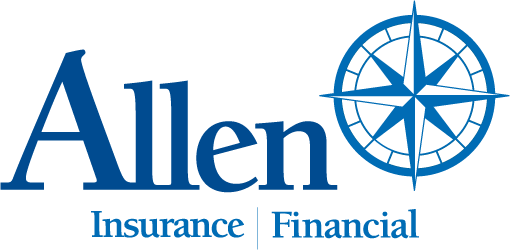Some people are savers, some are spenders, some live carefully within their means, and some live life to the fullest, even if that results in accumulated debt. You likely won’t remain solidly in one category throughout your life, as circumstances, income, and expenses change. So, even if you saved diligently during your youth, at some point, you may suddenly be faced with a combination of financial obligations that require decisions about what to prioritize. When juggling day-to-day expenses, debt (student, credit card, or other types), saving for retirement, and saving for your child’s college education, where should you focus? Here’s a guide to help you decide the priority order these obligations should take, and why.
Establishing Priorities
- Emergency fund. Before shifting your focus to long-term savings or debt repayment, your priority should be building an emergency fund to provide a safety net. These funds should be available to cover unexpected financial difficulties like job loss, car or home repairs, or medical emergencies. Do your best to save at least three to six months’ worth of living expenses in an account that you can easily access whenever necessary. Building this buffer before you put money toward other obligations will keep you from deeper debt and additional financial trouble caused by an emergency.
Helpful tip: Set up automated transfers to your emergency savings account, treating it like a monthly bill. This way, the funds will grow consistently, and you’ll be able to build a safety net without constant effort.
- High-interest debt. Since credit card debt and personal loans often come with high interest rates, paying those off should be your next priority. This will help free up money for other financial goals and eliminate the interest payments that are costing you more money than you actually owe. You can also call credit card companies and ask if they can lower your interest rate. They might not agree, but it’s worth trying.
Helpful tip: Choose a debt repayment strategy that works best for you. Consider the snowball method (paying off debts from smallest to largest) or the avalanche method (paying off debts with the highest interest rates first). Then, stick to the plan until all your high-interest debts are cleared.
- Retirement savings. Your retirement may seem too far in the future for you to think about now, but this should come next on your list of financial priorities. Why should it come ahead of saving for your child’s college tuition, which is likely to be a huge expense? Because, unlike retirement, there are various options for funding a college education, including scholarships, grants, and student loans. There are far fewer options for funding your living expenses after retirement. Also, since more Americans are living longer, maintaining your standard of living will require more money. You don’t want to outlive your financial resources.
Helpful tip: Take advantage of individual retirement accounts (IRAs) or employer-sponsored retirement plans like 401(k)s. Try to contribute at least enough to receive any company matching contributions because that’s essentially free money for you. Thanks to compound interest, even a small contribution now can result in significant savings as it grows over time.
- Children’s college education. The reason this financial obligation falls last on the list of priorities is certainly not because it’s less important. College costs are high, and it makes sense to start saving early. But, if you must sacrifice this goal to focus on others, you can fund your child’s education in other ways. Scholarships, grants, and part-time student employment opportunities may be available for supplementing education expenses if you haven’t saved enough to cover costs.
Helpful tip: Explore the option of a 529 savings plan or education savings account (ESA). These accounts offer tax benefits and can help you save money to use specifically toward educational expenses. If you can manage to automate contributions, you’ll maintain consistency and enable your fund to build steadily over time.
This priority order can serve as a good guide, but changing financial goals, income, or other circumstances might cause you to reassess and refocus from time to time. The key is to find a balance between the financial obligations you have now and making sure your financial future is secure, too. As always, your financial advisor can help you determine the best strategy to maintain stability, maximize your benefits, and minimize your costs and penalties based on your individual situation and goals.
This material is intended for informational/educational purposes only and should not be construed as investment advice, a solicitation, or a recommendation to buy or sell any security or investment product. Please contact your financial professional for more information specific to your situation.
The fees, expenses, and features of 529 plans can vary from state to state. 529 plans involve investment risk, including the possible loss of funds. There is no guarantee that an education-funding goal will be met. In order to be federally tax free, earnings must be used to pay for qualified education expenses. The earnings portion of a nonqualified withdrawal will be subject to ordinary income tax at the recipient’s marginal rate and subject to a 10 percent penalty. By investing in a plan outside your state of residence, you may lose any state tax benefits. 529 plans are subject to enrollment, maintenance, and administration/management fees and expenses.
© 2024 Commonwealth Financial Network®




